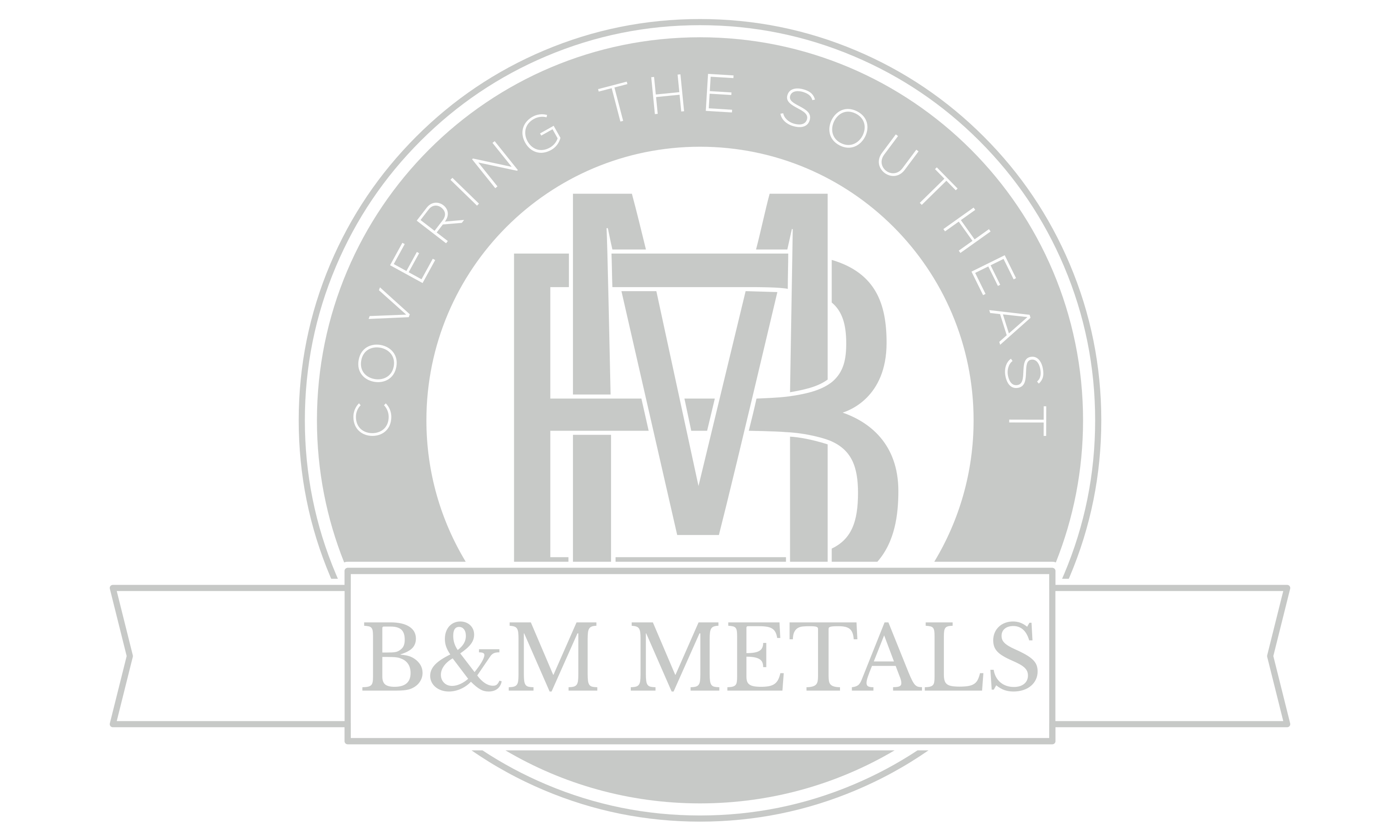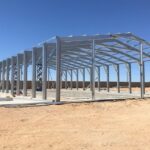Metal framing has emerged as a superior alternative to traditional wood framing in construction due to its durability, cost-effectiveness, and environmental benefits. One of the primary advantages of metal framing is its resistance to common issues that plague wood, such as rot, termites, and warping. Unlike wood, which can degrade over time and under varying weather conditions, metal maintains its structural integrity for decades, ensuring long-term reliability.
Cost-effectiveness is another major factor. While the initial cost of metal may be slightly higher, its longevity and low maintenance requirements make it a more economical choice in the long run. Metal’s lightweight nature also makes it easier to transport and handle, reducing labor costs and installation time.
From an environmental perspective, framing is often made from recycled materials, making it a more sustainable option. Additionally, it is non-combustible, offering increased safety in the event of a fire—a critical consideration for residential and commercial buildings.
In today’s construction industry, where efficiency, sustainability, and resilience are top priorities, metal framing outshines wood as the material of choice. Its advantages make it a smart investment for builders and property owners looking for long-lasting, high-performance structures.

